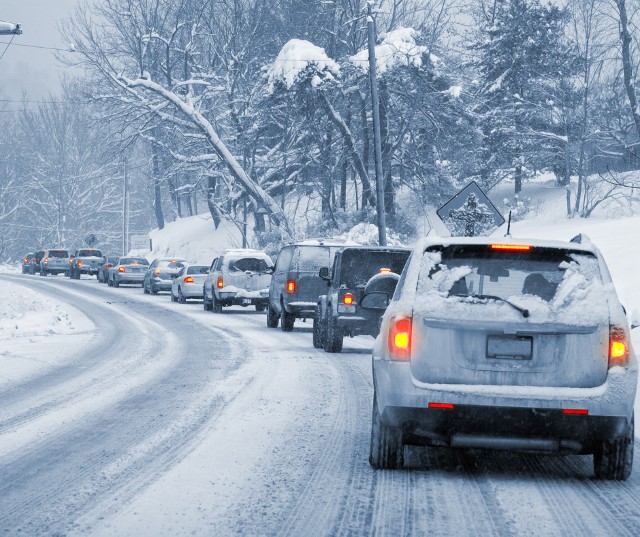
The season of festivities and the winter weather goes hand in hand. Who doesn’t love a white Christmas? While there are many reasons to feel excited this season, paying attention to some of the hazards, it brings while driving is equally vital. Seeing your teens take the first step towards independent driving can be challenging as a parent. The thought of them driving in the treacherous winter conditions might seem like a nightmare in action. As parents, the best way to ease your fears is by ensuring your teens are thoroughly informed and prepared to tackle the hazards of this weather.
Here are some talking points for you to consider while preparing your teen for their drive this winter:
Ice
Canadian drivers are well-versed with ice and its slippery surface that can cause them to lose control of their vehicles. However, you must discuss the dangers of ice and black ice, in particular, with your teens to ensure they understand the hazards. Moreover, your teens need to know what to watch for when driving on icy roads and understand that black ice is clear and difficult to see. While discussing the hazards of winter driving, you must express the importance of driving slowly in icy conditions and leaving a lot of space between yourself and other drivers. This is a great time to review how to handle your vehicle while on a slide.
Snow
Snow can reduce visibility, which can be dangerous if you are a less experienced or a new driver. Moreover, chances of getting stuck, being unable to see the road lines, and reduced traction are some of the added hazards that snow brings for drivers on the road. You must talk to your teen about driving below the posted speed limit if the roads are snow-covered or the visibility is poor. Talk to them about when they should pull over to let others pass. Also, talk about situations where they may be tempted to pass others and how to make that pass safely. The snow is dark and harder to see than in clear weather, so slow down and watch for other drivers. If no roads or signs are visible, slow down even more!
Snow can cover road signs and traffic lights, making them difficult to read. Be aware of this possibility when driving on unfamiliar roads during winter months!
Black Ice
When you’re driving, it’s essential to be aware of the hazards that might be lurking on the road. One such hazard is black ice—a thin layer that can be difficult to see and cause severe accidents if not detected in time.
Black ice is most likely to occur on roads treated with salt or chemicals such as antifreeze, which makes it seem like there’s more grip than there is. The cold temperature also reduces friction between tires and pavement, making it easier for cars to slip across this slippery substance.
As a concerned parent, you must discuss the importance of driving below the speed limit. More importantly, it would be best if you spoke to them about the dangers of distracted driving, especially in such challenging winter conditions.
Fog
Fog is much more common in winter, so discussing it in this sit-down with your teen is vital. Go over the headlight functions in your vehicle. Talk about how it’s essential to adjust your speed according to visibility; people, animals, or other hazards can seem to come out of nowhere in foggy conditions.
Conclusion
There are merits attached to this detailed sit-down discussion and careful planning, as it will inform your teens about the many hazards winter driving brings. As a responsible parent, it is your job to ensure their safety. You can do that by being present and more involved in their driving and helping them to learn safe and good habits that will serve them lifelong.
Teach Your Teen is Canada’s best online course that allows flexible learning for parents who want to teach their teenagers safe and effective driving skills. Contact us to learn more about how it can be customized to meet your needs!



